Goddess? Warriors? Five-pointed star? What’s your power yoga pose?
Power yoga poses
In the practice of yoga, we experiment with physical shapes. We move our bodies into inversions both small and large—child’s pose and headstand. We play with heart opening postures and twists. Ever notice how your energy or mood shifts after a certain posture? Well, there is a science behind it.
Science of body language
Amy Cuddy delivered an engaging TED talk about how our body language informs our decisions and how other people feel about us. In her TED talk, she references her study that was published in Psychological Science. Participants were asked to replicate a high power pose (like Wonder Woman) or low power pose (like curling into a ball). After the participant held the power pose for two minutes they were given the choice to gamble (demonstrating risk tolerance) and had salivary samples taken. The results showed significant differences between participants that held the high and low power poses.
| % chose to gamble | Testosterone | Cortisol | |
| High Power Pose | 86% | 20% increase | 25% decrease |
| Low Power Pose | 60% | 10% decrease | 15% increase |
Simply POSING created physiological changes!
This concept can be applied to all physical abilities. Let’s say you are suffering in a fibromyalgia flareup and can’t sustain the traditional physical expression of goddess pose. You can recreate goddess or five-pointed star on the ground, like you are making a snow angel. Use blankets and props to make the posture restorative and as comfortable as possible.
Take the concept off the mat. As you ride up the elevator at work or are sitting at the bar waiting for your date, take up space! Imagine your presence growing. You might be surprised how that affects your mood!
References
Carney DR, Cuddy AJC, Yap AJ. “Power Posing: Brief Nonverbal Displays Affect Neuroendocrine Levels and Risk Tolerance.” 2010: Psychological Science XX(X) 1–6.
Originally published 1/20/14.

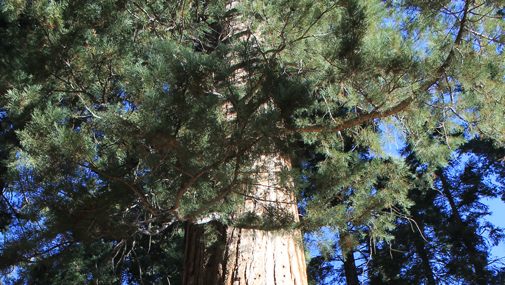
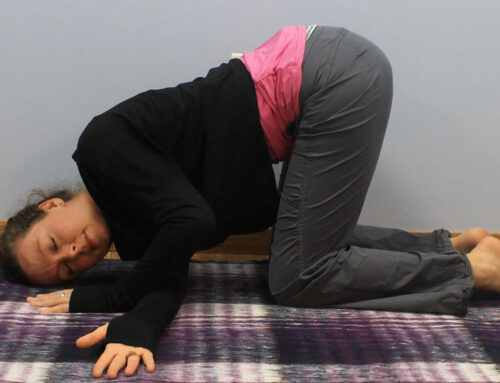
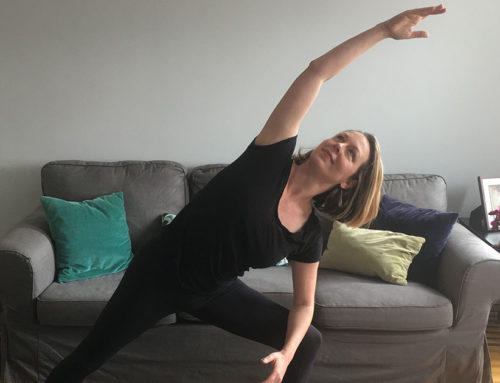
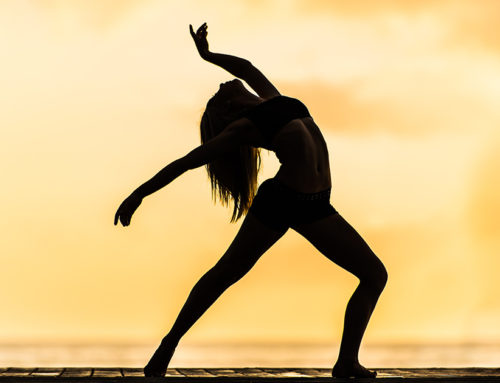
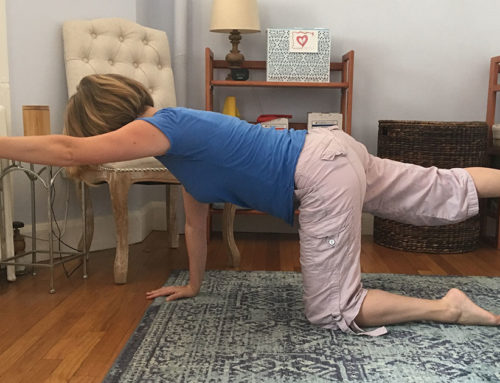
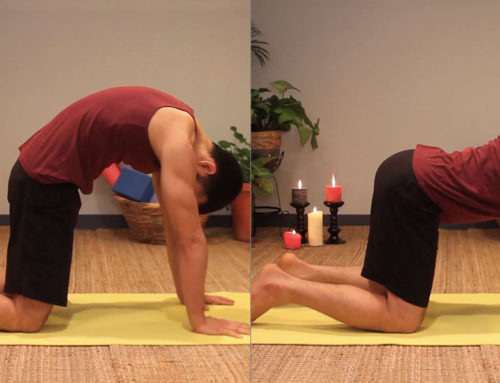
[…] Standing Five Pointed Star is a wonderful pose to take up space. […]
[…] Pointed Star, like Goddess Pose, is a power posture. In this posture you feel grounded from the waist down. You can pull up through the top of your […]